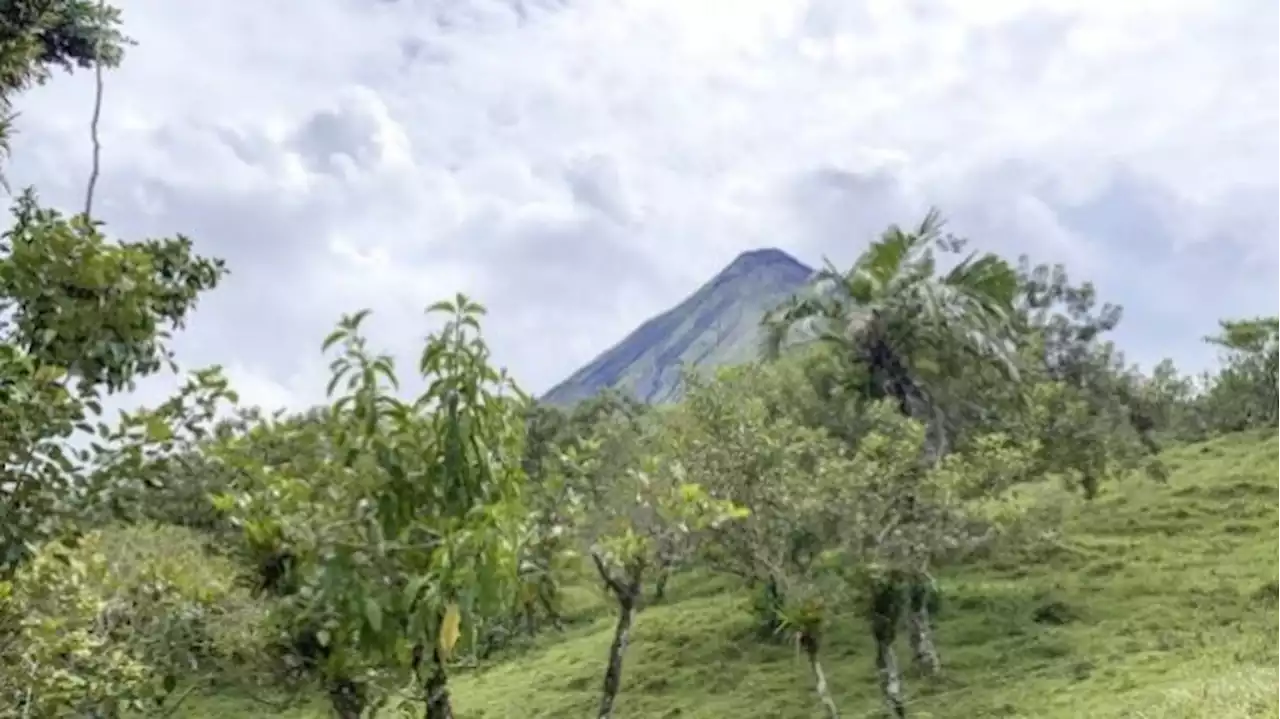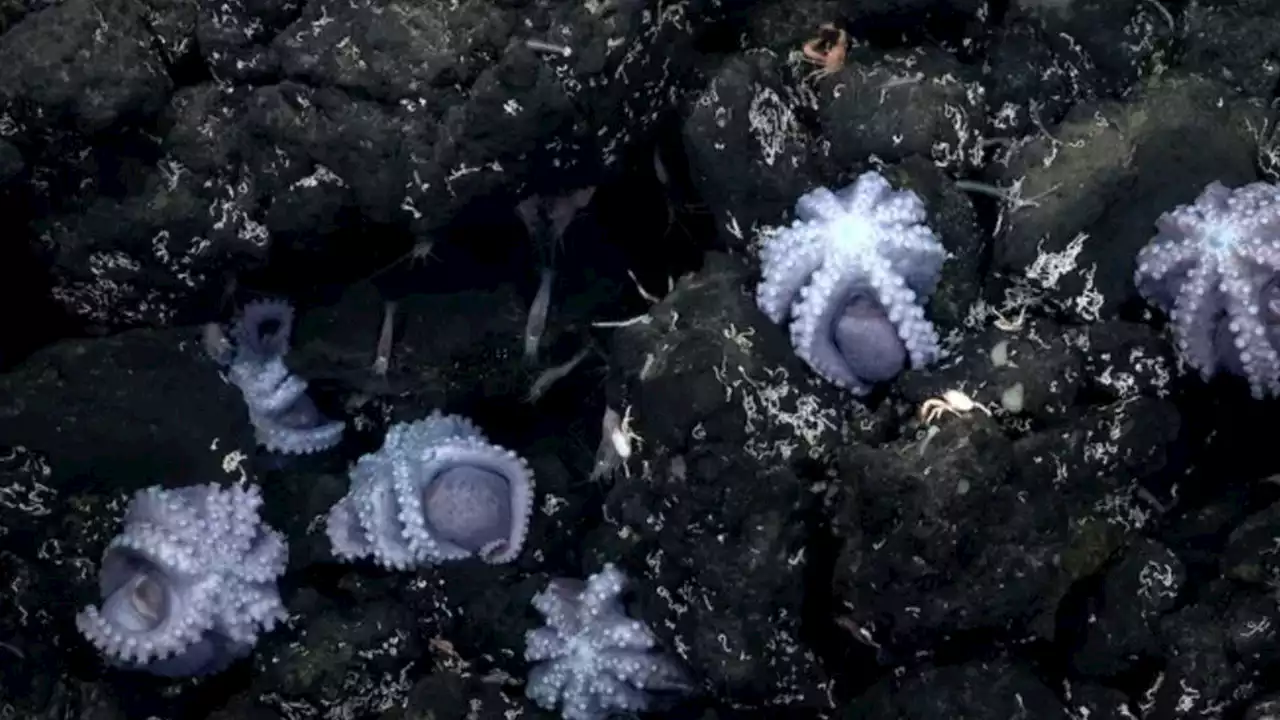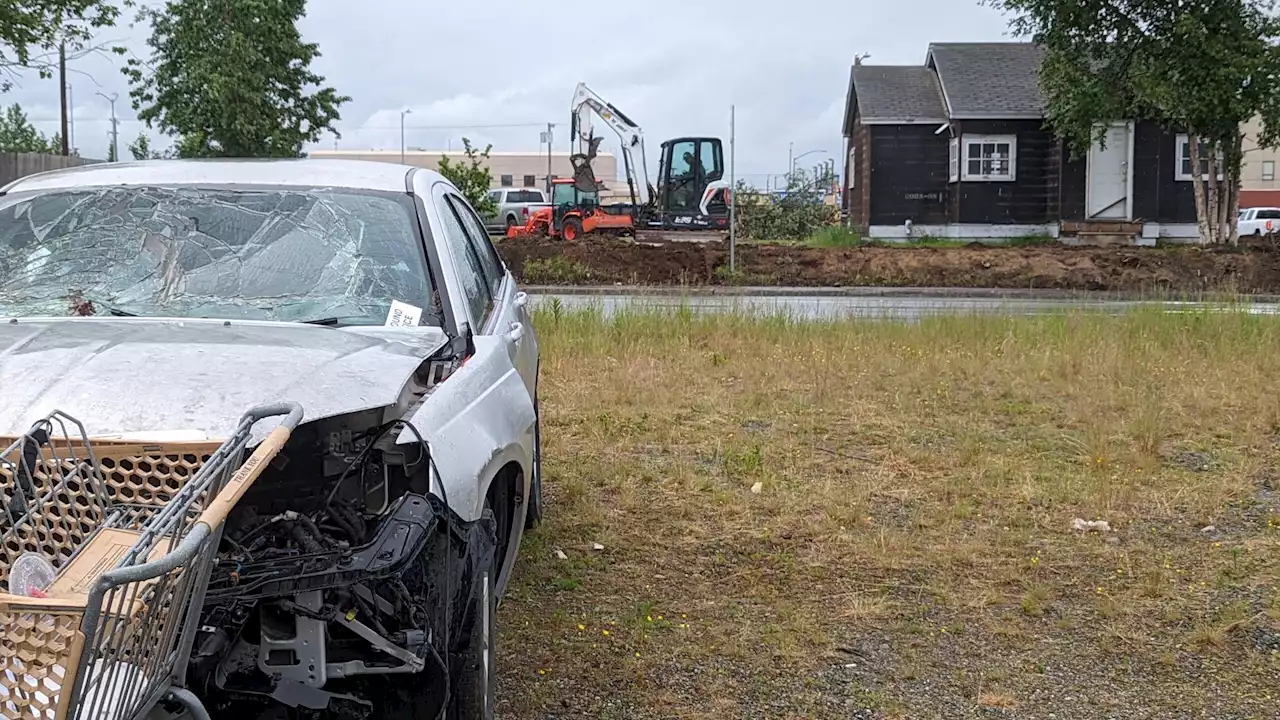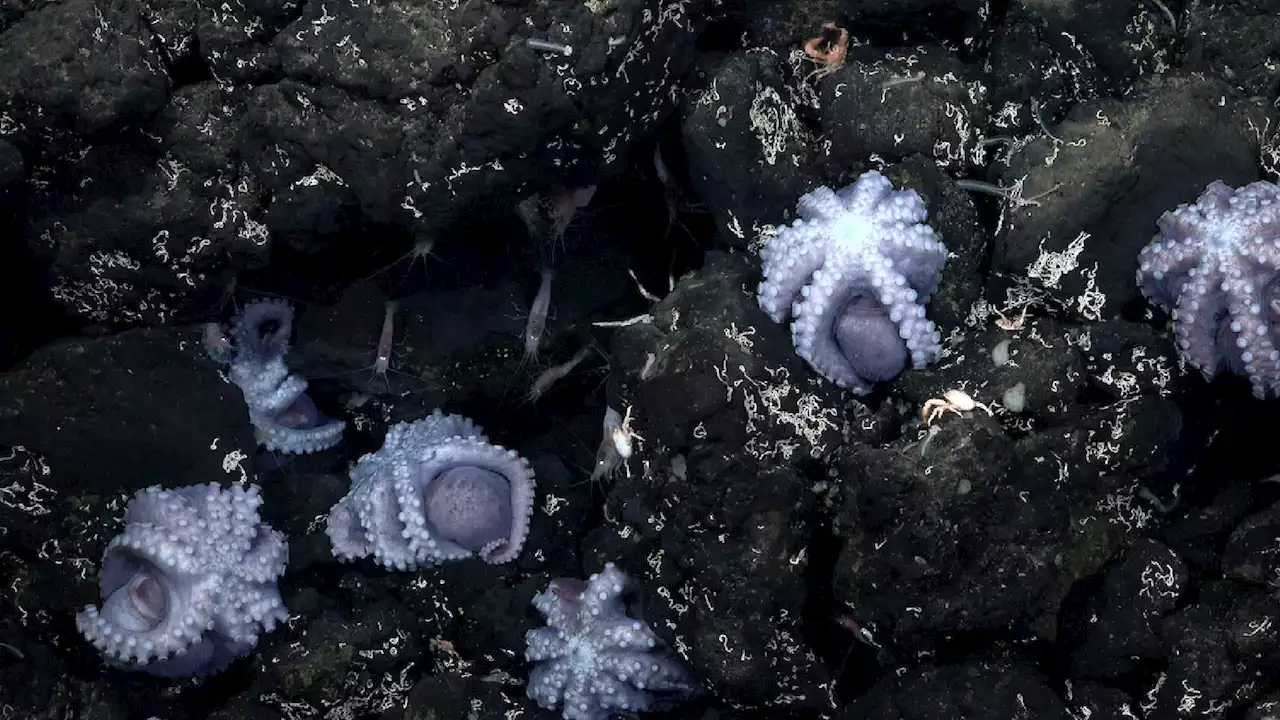The site was first spotted in 2013 and, initially, the researchers believed that the area was inhospitable for developing octopus young.
The research and corresponding expedition was led by Dr. Beth Orcutt of the U.S.-based Bigelow Laboratory for Ocean Sciences and Dr. Jorge Cortes of the University of Costa Rica.
“The discovery of a new active octopus nursery over 2,800 meters beneath the sea surface in Costa Rican waters proves there is still so much to learn about our Ocean,” said Schmidt Ocean Institute Executive Director, Dr. Jyotika Virmani. The scientists are now looking to determine if the seamounts warrant protection and should be designated marine protected areas.
“The expedition had a significant number of local scientists and students which will accelerate our capacity to study deep regions. The information, samples, and images are important to Costa Rica to show its richness and will be used for scientific studies, and outreach to raise awareness of what we have and why we should protect it.”
United States Latest News, United States Headlines
Similar News:You can also read news stories similar to this one that we have collected from other news sources.
 5 Volcano-Centric Activities in La Fortuna, Costa RicaCosta Rica is known for its beaches, but the inland town of La Fortuna has all the water, solace, and adventure you need--and a volcano, too.
5 Volcano-Centric Activities in La Fortuna, Costa RicaCosta Rica is known for its beaches, but the inland town of La Fortuna has all the water, solace, and adventure you need--and a volcano, too.
Read more »
 Marvel at never-before-seen octopus nursery found off coast of Costa RicaAn international team of scientists recently explored previously unseen seamounts off of Costa Rica. What they found on their expedition was a new active octopus nursery and witnessed babies hatching.
Marvel at never-before-seen octopus nursery found off coast of Costa RicaAn international team of scientists recently explored previously unseen seamounts off of Costa Rica. What they found on their expedition was a new active octopus nursery and witnessed babies hatching.
Read more »
 Rare deep-sea octopus nursery discovered off Costa RicaA deep-sea octopus nursery, just the third known to exist, has been discovered off the coast of Costa Rica, according to the Schmidt Ocean Institute. Scientists were able to see an active octopus nursery and witness babies hatching while exploring deep-sea seamounts -- underwater mountains that facilitate biodiversity in the deep sea, the scientists said. The team of 18 international scientists found the nursery at a low-temperature hydrothermal vent about 9,000 feet below the surface of the ocean.
Rare deep-sea octopus nursery discovered off Costa RicaA deep-sea octopus nursery, just the third known to exist, has been discovered off the coast of Costa Rica, according to the Schmidt Ocean Institute. Scientists were able to see an active octopus nursery and witness babies hatching while exploring deep-sea seamounts -- underwater mountains that facilitate biodiversity in the deep sea, the scientists said. The team of 18 international scientists found the nursery at a low-temperature hydrothermal vent about 9,000 feet below the surface of the ocean.
Read more »
 Anchorage’s Third Avenue residents brace for a third wave of campersThe city doesn’t have enough shelter space for the soon-to-be-displaced campers, which leaves a large vacant lot at the edge of downtown as a likely space people will resettle.
Anchorage’s Third Avenue residents brace for a third wave of campersThe city doesn’t have enough shelter space for the soon-to-be-displaced campers, which leaves a large vacant lot at the edge of downtown as a likely space people will resettle.
Read more »
